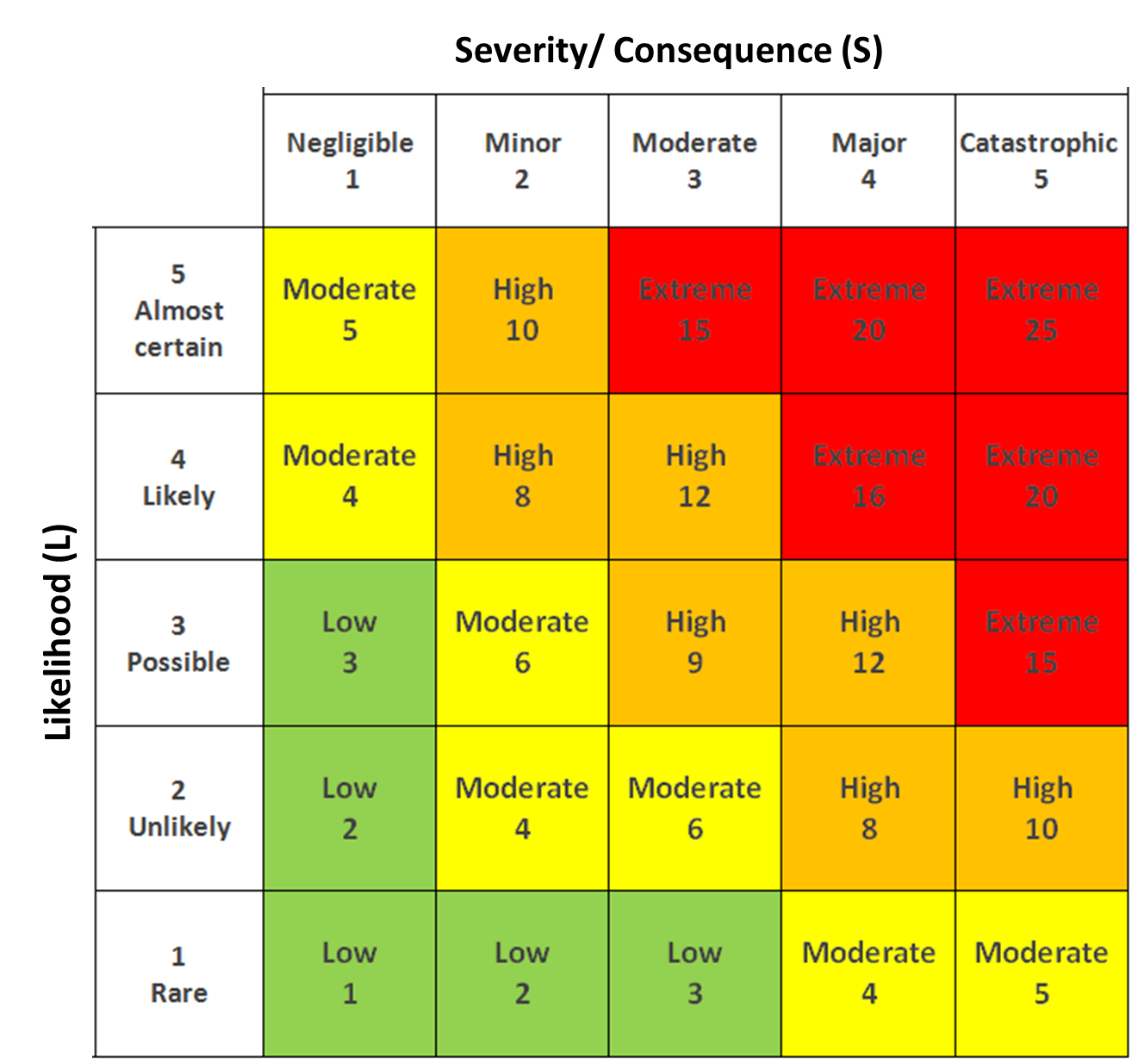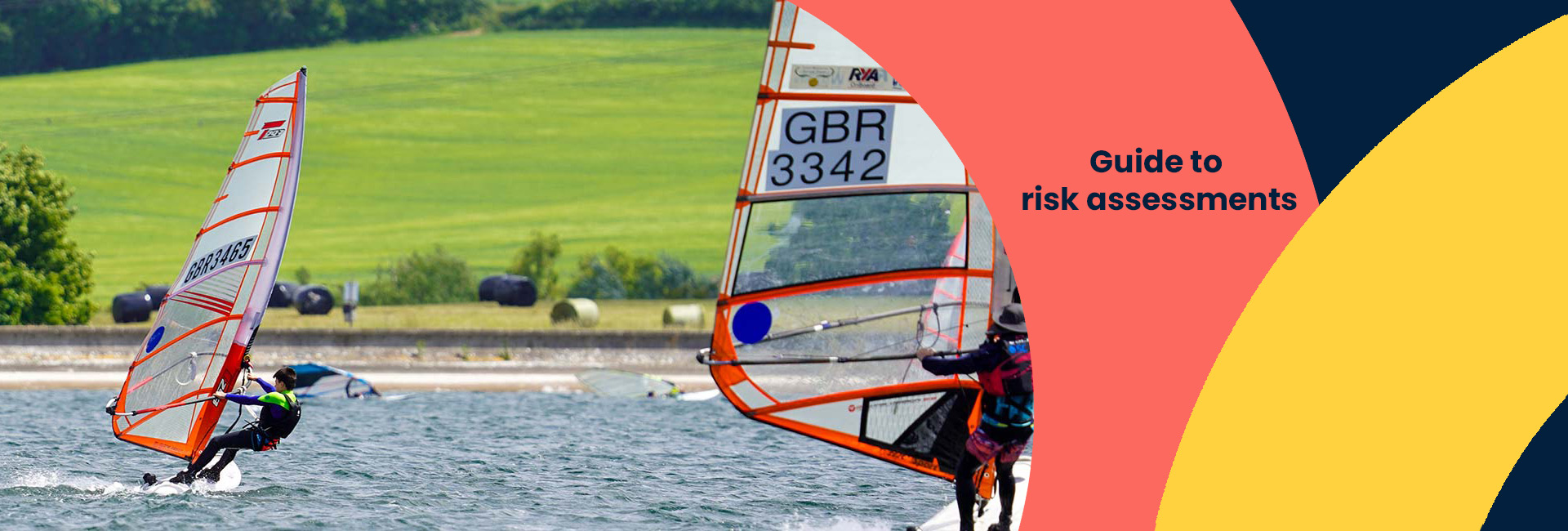Introduction
What is a risk assessment
As part of managing the health and safety of your club or centre you must control the risks, and to do this you need to conduct a risk assessment. An assessment of risk is a careful examination of what could cause harm to people which enables you to weigh up whether you have put in place adequate measures to mitigate against the risk of that harm occurring or whether you should do more to prevent harm. In extreme cases, where it is deemed that adequate mitigations cannot be put in place, it may be necessary to cease offering an activity or to rethink its delivery.
Why is it important
The important things you need to decide when assessing risk is whether a hazard is significant, and whether there are satisfactory measures in place to ensure that the risk is either reduced to an acceptable level or eliminated altogether.
A risk assessment is not about creating huge amounts of paperwork, but about identifying sensible measures to control any risks that may be present. You are probably already taking steps to protect those working at or visiting your organisation but conducting effective risk assessments will help you decide not only whether you have thought of all potential risks, but also whether you have taken all the mitigating steps you need to.
- Hazard means anything that can cause harm (e.g. drowning, safety boat propellers, slippery slipways, trip hazards, water, etc.).
- Risk is the chance, great or small, that someone could be harmed by the hazard.


How to assess the risks
Don't be overcomplicated, in most of our environments the hazards will be obvious to an experienced sailor but perhaps not to someone new to our environment. Initially identifying risks is both common sense, and necessary. The likelihood is that you will already have identified, and assessed, some hazards.
For example, a hazard may be a student drowning, but with the right policies and procedures in place this 'hazard' can be controlled by reducing the risk.
Compulsory use of safety harnesses, lifejackets, or buoyancy aids, as well as safety boat cover are all examples of measures taken to mitigate against the risk of drowning. Although you may have automatically identified these risks, it is important to record them, with the control measure in place.
If you are confident and understand all aspects required, you may be happy to carry out risk assessments yourself. However, if not perhaps seek assistance from a competent and experienced person, and remember, all Gallagher RYA Insurance policyholders have access to the free 'Gallagher Online Risk Management Portal'.
But remember - you are responsible for ensuring it is adequately done and appropriate to your environment.
Further Information
- Hazard Identification & Risk Assessment template (.docx)
- Daily Risk Assessment Template (.docx)
- Types of Risk Assessment
-
Health and safety made simple: The basics for your business
LeafletINDG449HSE Books 2011,
- The health and safety toolbox: How to reduce risks at work
- Managing health and safety microsite
- Safeguarding Risk Assessment

